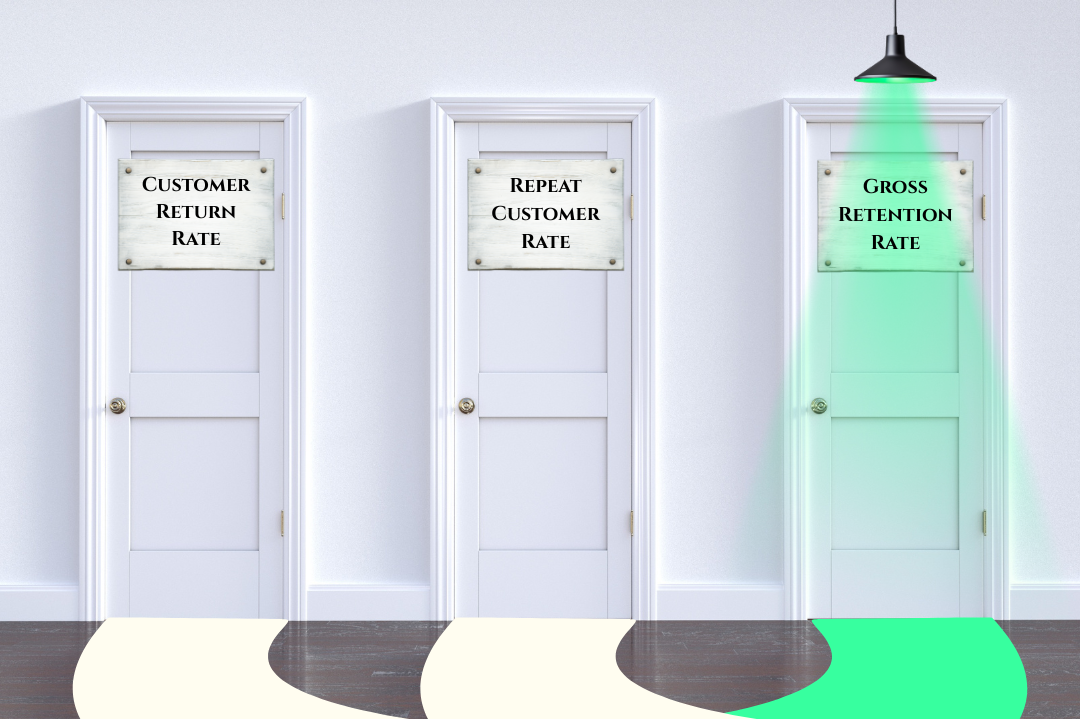August 21, 2023

Marketers looking to drive organic growth, improve customer loyalty and retention, increase CLTV, and build brand advocacy are using brand-owned customer networks.
These customer networks are owned by the brand within their domain and are designed around customer-to-customer conversation and engagement activities that have proven to increase the impact of “social dollars".
It is not anything new that brand-owned social communities have a positive economic impact. A study dating back almost 6-7 years proved this theory but many brands have yet to catch on.
The study conducted by University of Michigan Professor of Marketing, Puneet Manchanda, and Ross School colleagues Grant Packard and Adithya Pattabhiramaiah suggests a significant payoff for companies that set up their own online communities.
The study analyzed data from an entertainment retailer that launched an online customer community. The study found that customers who joined the community spent significantly more money with the retailer, representing a double-digit percentage increase in share of wallet.
The authors called this increase in spending from community participation the "social dollar" effect.
Why does this social dollar effect occur? They hypothesize that community participation behaviors linked to social and informational benefits would moderate the effect. The results showed that customers who posted authentic content in the community, versus just lurking, and those who formed more social ties through friend connections, generated more social dollars. The endorsement of products and services also contributed to organic growth.
In summary, the results suggest that the social attributes of online customer communities, like posting and connecting with others, may be more important drivers of economic benefits for brands. That is why marketers are turning to brand-owned social networks to empower their customers to become brand advocates and because these social networks have engagement activities that have proven to increase the impact of “social dollars”.


.png)


